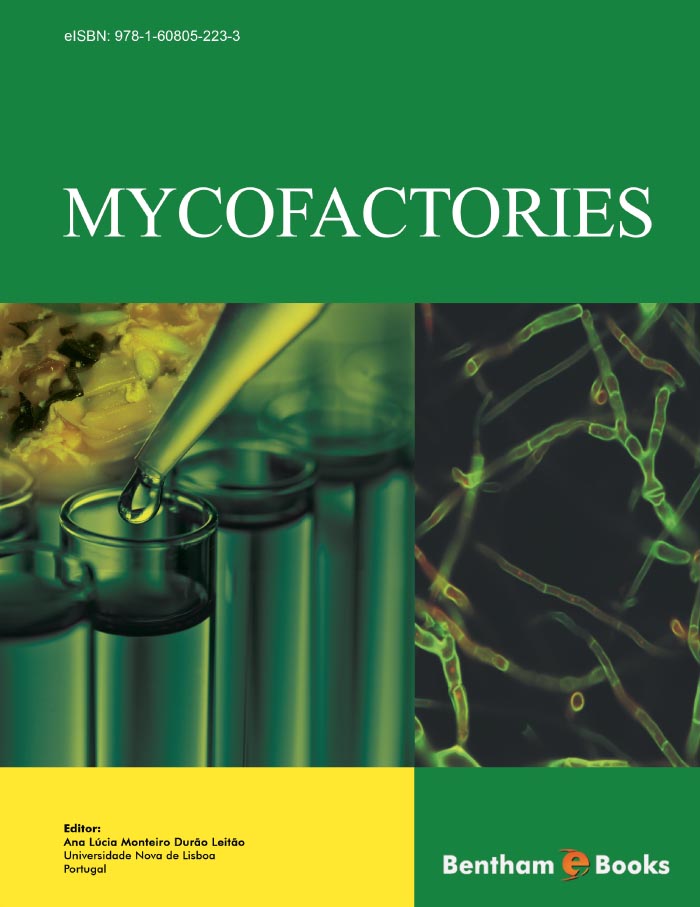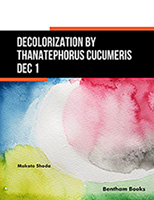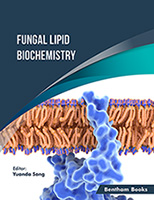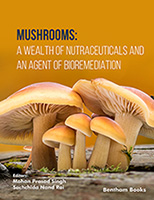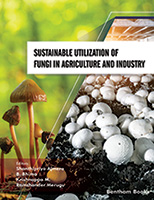Among the estimated 1.5 million species of fungi, about 100,000 have so far been described, and therefore, concerted efforts are globally needed to fully understand their diversity and exploitation. Fungi are considered to be the second largest group of organisms after insects, and they have been extensively studied because of their fascinating nature, enormous capability to cope with and survive in a great variety of environments on Earth, and yield products useful in medicine, nutrition and industry.
Fungal enzymes have been extensively used in food industry for several decades as processing aids since they have several attributes that make them suitable for this purpose. They are being used in baking, cheese manufacture, fruit juice and wine making, brewery and starch saccharification and as animal feed supplements to mention a few. Fungal enzymes in general are non-toxic and speed up chemical reactions with utmost specificity at ambient and low temperatures, pressure and neutral pH. A large industry, therefore, exists to serve this need all over the world. Rapid strides are being made in discovering new fungal sources of useful enzymes, their cloning and over expression and improving their useful properties by enzyme engineering. Lignocellulolytic fungi and their enzymes are being investigated for their potential use in producing wealth from wastes and bioconversion of abundantly available and renewable agricultural and forest residues to valuable products such as xylooligosaccharies, bioethanol and SCP. Several fungi have recently been shown to be useful in biofiltration of waste gases and thus aid in mitigating air pollution.
Penicillium camemberti and P. roqueforti have been used for long time in ripening of cheese because their mycelium contributes significantly to the product flavour, regulates moisture loss, and prevents the development of potentially mycotoxigenic fungal species. The fermented products made employing Monascus are vastly consumed as a popular dietary supplement that claims to prevent or ameliorate hypertension, hypercholesterolemia, and hyperlipidemia. The metabolites of Monascus contain bioactive ingredients such as ankaflavin, monacolins, γ-aminobutyric acid, and dimerumic acid, and among these, monacolin K is well known because this is considered to aid in controlling serum cholesterol level. Research efforts are underway to elucidate molecular mechanisms of metabolite synthesis, optimizing cultivation conditions for maximizing beneficial ingredients and to minimize toxicity.
Moulds such as Aspergillus oryzae, A. niger, Fusarium graminearum, Trichoderma viride and others are being used for heterologous gene expression because they are GRAS organisms, secrete a wide range of proteins, glycosylation similar to higher eukaryotes, integration of introduced DNA into fungal genome, thus avoiding the need to maintain selection pressure and strong promoters.
In the book entitled ‘Mycofactories’ a conscious effort has been made to choose contributors who have extensive experience and expertise on the topics stated above. The book is aimed at giving the readers an overview of recent developments in the use of fungi for a variety of purposes, product and process development, in-depth understanding of the underlying mechanisms, and traditional and novel applications. The book will be very useful as a ready reference for students and researchers in the diverse areas of biology, biotechnology and environmental sciences.
T. Satyanarayana
Department of Microbiology
University of Delhi South campus
New Delhi - 110021, India

